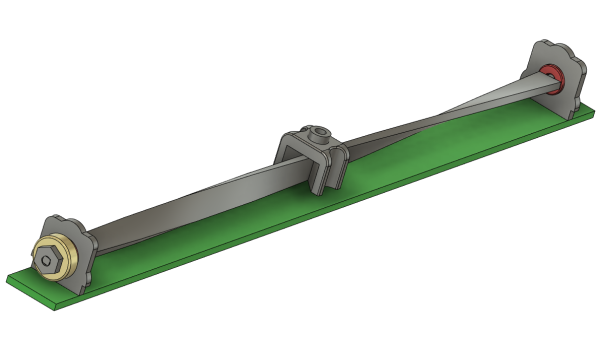What do you get when you combine roll-on deodorant containers and a soccer ball with an optical mouse and an obscure 90s Japanese video game about racing armadillos? Well, you get a pretty darn cool controller with which to play said game, we must admit.
We hardly knew they were still making roll-on deodorant, and [Tom Tilley] is out here with three empties with which to hack. And hack he does — after thoroughly washing and drying the containers three, he sawed off the ball-holding bit just below the business part and fit each into the roll-on’s lid. Then [Tom] constructed a semi-elaborate cardboard-and-hot-glue thing to hold them in an equilateral triangle formation. Out of nowhere, he casually drops a fourth modified roll-on ball over an optical mouse, thereby extending the power of lasers to the nifty frosted orb.
Finally, [Tom] placed the pièce de résistance — the soccer ball — on top of everything. The mouse picks up the movement through the middle roll-on, and the original three are there for stability and roll-ability purposes. At last, Armadillo Racing can be played in DIY style. Don’t get it? Don’t sweat it — just check out the brief build video after the break.
Continue reading “Roll-On Deodorant Controller Heats Up Racing Game”

















